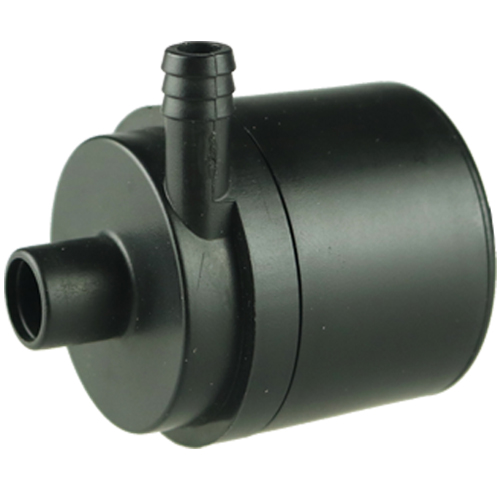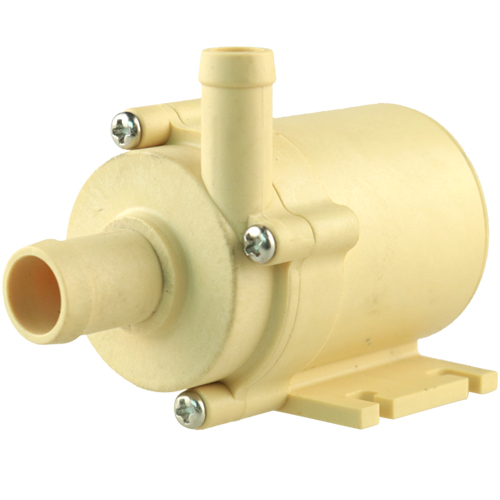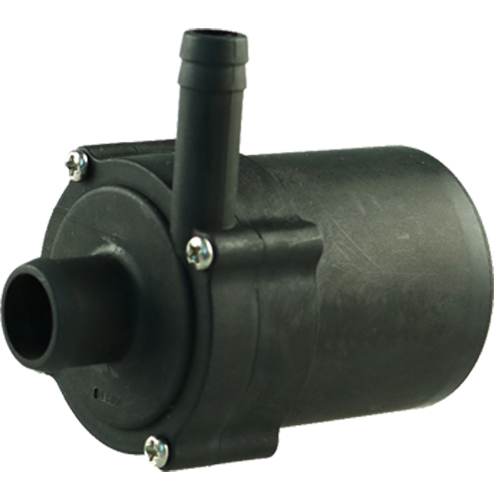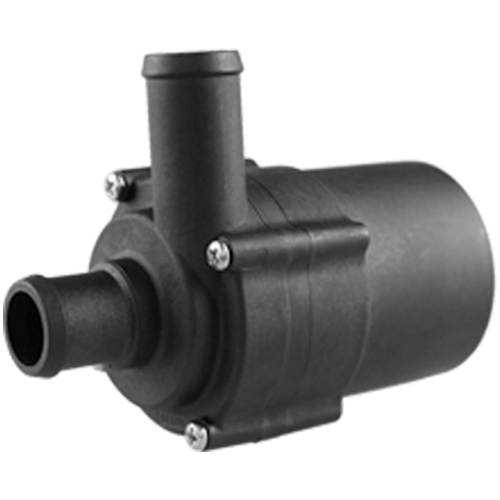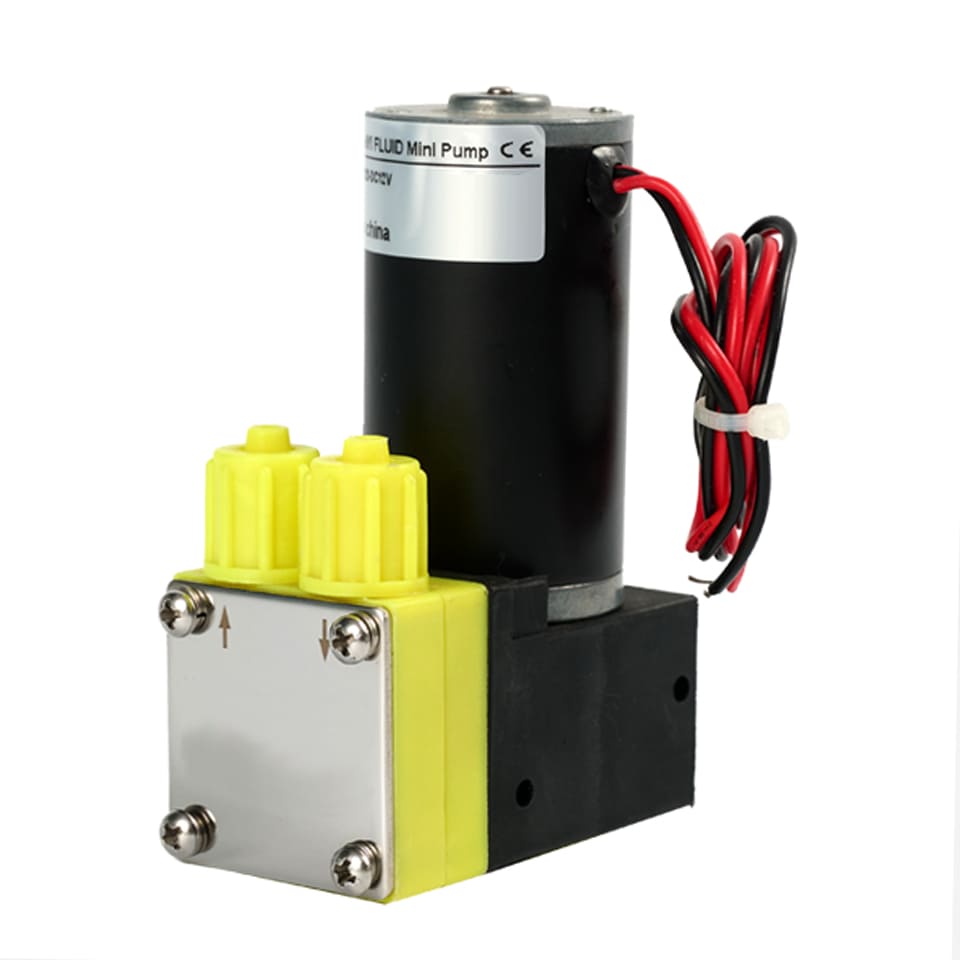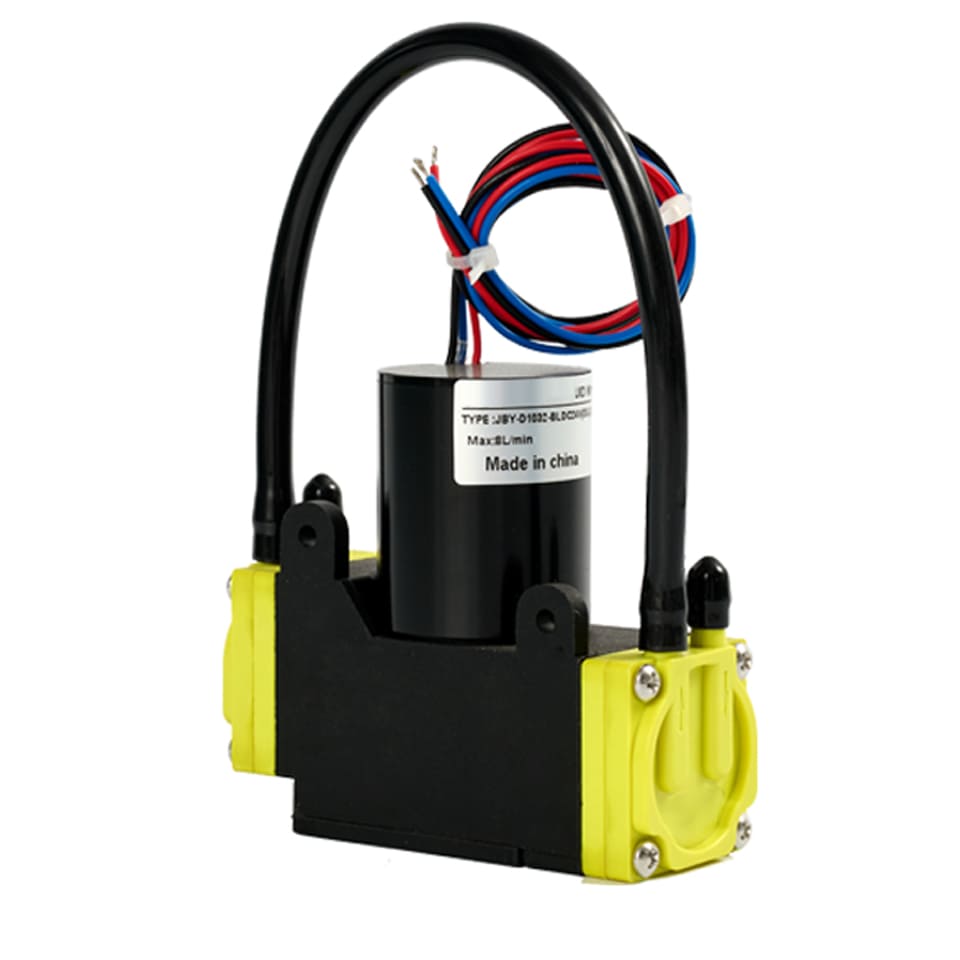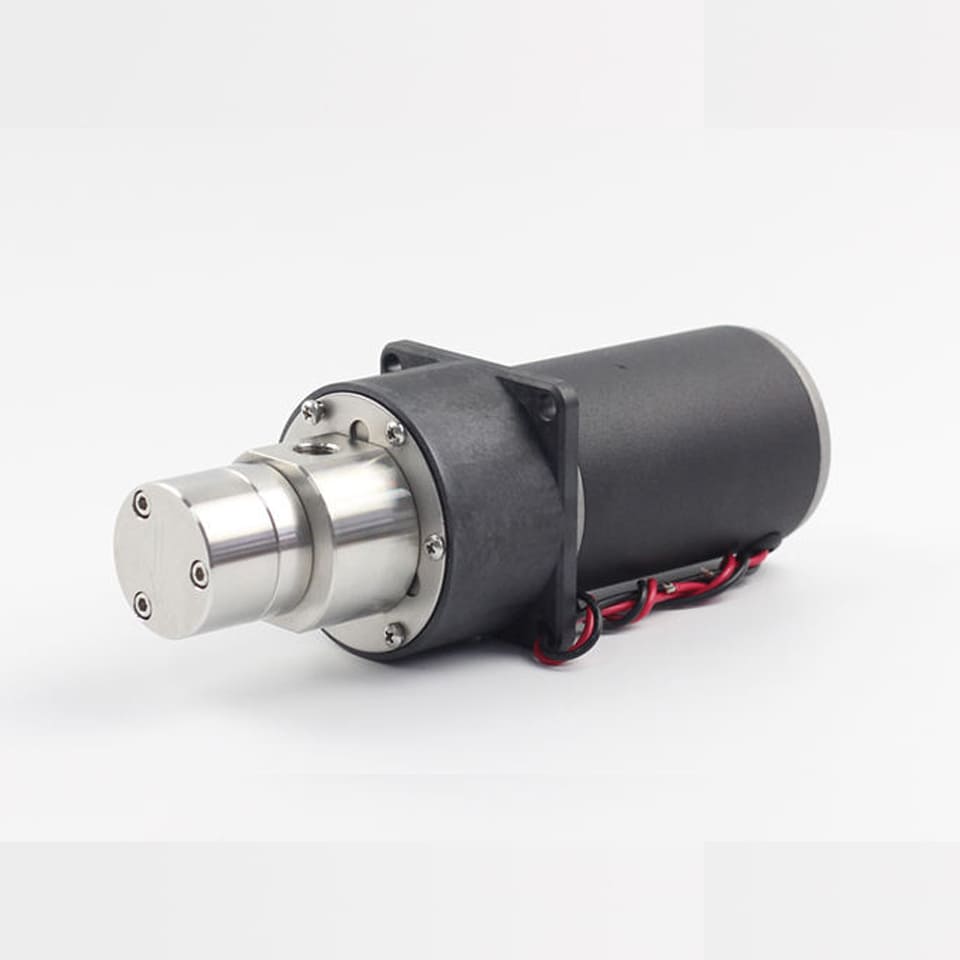Effects of Viscosity on Positive Displacement Pumps
Effects of Viscosity on Positive Displacement Pumps
Can Viscosity Affect Positive Displacement Pumps?
Positive displacement pumps move fixed volumes of fluid mechanically through a system. Therefore, one might conclude that fluid viscosity has little effect on the output of the pump. This, however, is a misconception and can lead to severe issues in a hydraulic system unless the effects of viscosity are well understood, and the system designer properly communicates the information to the pump engineers.
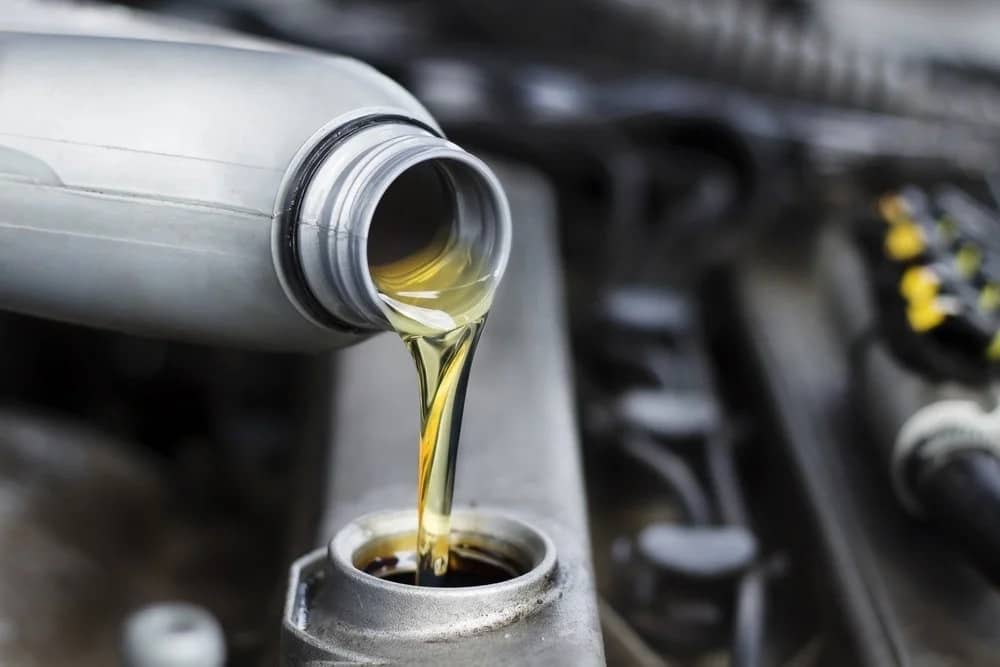
What is Viscosity?
Viscosity is the internal friction of fluids or a measure of its time-dependent resistance to deformation. Water is an example of low viscosity while honey is one of high viscosity. In fluid systems, higher viscosity increases the drag on surrounding surfaces. Force (such as pressure) must be applied to overcome the viscous interaction with the surrounding surfaces (such as the walls of a tube).
Viscosity is typically expressed in two ways: kinematic (ν) and dynamic (μ). The two are related by ν=μ/ρ where ρ is the fluid density. In laminar systems the use of dynamic viscosity is most common. Dynamic viscosity is often expressed in centipoise (cPs) where 1 cPs = 10-3 Pa-s. The majority of pump and system problems occur from high viscosity fluids because very few fluids have a viscosity less than water (1 cPs).
System designers must also be aware of how temperature affects fluid viscosity. For instance, the viscosity of a 50% water/glycol solution changes nearly 5x between 0 and 50°C. The viscosity of water changes 3x over the same temperature range.
External Pressure Drops
One often overlooked feature of a hydraulic system is the pressure drop through tubes. If flow is laminar then the pressure drop in the tube is linearly dependent on viscosity. Therefore, a 100 cPs fluid will have 100x the pressure drop in a tube compared to water. The pressure drops affect both the pump outlet (adding pressure) and inlet (negative pressure). Turbulent flow is dependent on density much more than viscosity and is not worth considering in this article.

Reciprocating pumps, having pulsed flow, are even more sensitive to pressure drops and thus fluid viscosity. This is because their pulsed flow has peak flow rates considerably higher than the average flow rate. This can generate pressure (or vacuum) spikes leading to dosing irregularities, cavitation and accelerated pump wear.
Formulas for calculating the pressure drop of flow through a tube are readily available online. It is important to check the Reynolds number is less than 2320 to ensure it is laminar. In circular tubes, the Reynolds number is calculated by Re=4Q/((μ/ρ)∙π∙D) where Q is the volumetric flow rate and D is the tubing inner diameter. Turbulent flows are significantly more difficult to quantify, and the pressure drops tend to increase rapidly.
Internal Pressure Drops
Pumps which are not designed for high viscosity fluids can have constricted flow paths within the pump. These paths can create the same affect as the external pressure drops discussed in the previous section. It is always important to discuss the details of the application with the pump engineering team to ensure there are no unintended consequences.
Internal Leakage
Positive displacement pumps are all affected by internal leakage. Fluid can flow between thin gaps, between sliding components or through micro-gaps in internal seals. Higher viscosity fluids are less prone to flow through internal gaps. Thus the higher the viscosity, the less sensitive the displacement will be to pressure differential.
Pump Capacity
Because it takes more force to quickly deform higher viscosity fluids, the viscosity of a fluid will directly affect the power required to operate the pump. An example would be trying to stir a bowl of water vs. trying to stir a bowl of honey. The work necessary to move the spoon in honey is considerably higher. The same is true in pumps. If the gears of an external gear pump have to rotate in higher viscosity fluids, the power loss to simply rotate will be higher. If the motor size of the pump is fixed this may result is lower speeds and reduced pump capacity.
Cavitation
As already discussed, high viscosity fluids can generate higher vacuums on the inlet of pumps if not properly addressed. A lower average pressure at the pump inlet increases the likelihood of cavitation within the pump. Interestingly, studies have shown that high viscosity fluids do not form as damaging a cavitation jet as lower viscosity fluids. Nevertheless, avoiding cavitation is crucial to reliable fluid delivery.
Lubrication
If the pump has internal hydrodynamic bearings, such as a magnetically coupled gear pump, then higher viscosities will typically lead to longer life. The supported hydraulic load (without solid-solid contact) is linearly related to the fluid viscosity. Therefore, higher viscosity fluids provide support to the bearing, increasing life. The increased life, however, may be offset by some of the other effects previously discussed.
Conclusion
Rarely does a system designer have control over the fluid viscosity. It is therefore essential that one is aware of how the fluid viscosity affects both the system (such as properly sizing tubes) and the pump. Having an open dialogue with the pump engineering team early in the design cycle will prevent redesign costs and delays.
Related Products
Reach Out Today
Contact us to get a free quote, your project will meet a right solution with us.

Tell Us What You Need
Tell us as specific as possible of your needs, provide the drawing, reference picture and share your idea to us.

Get Solution & Quote
We will work on the best solution according to your requirements, and quote will be provided within 24 hours.

Approve Mass Production
We will start mass production after approval and deposit, and we will handle the shipment and future after-sale service.

